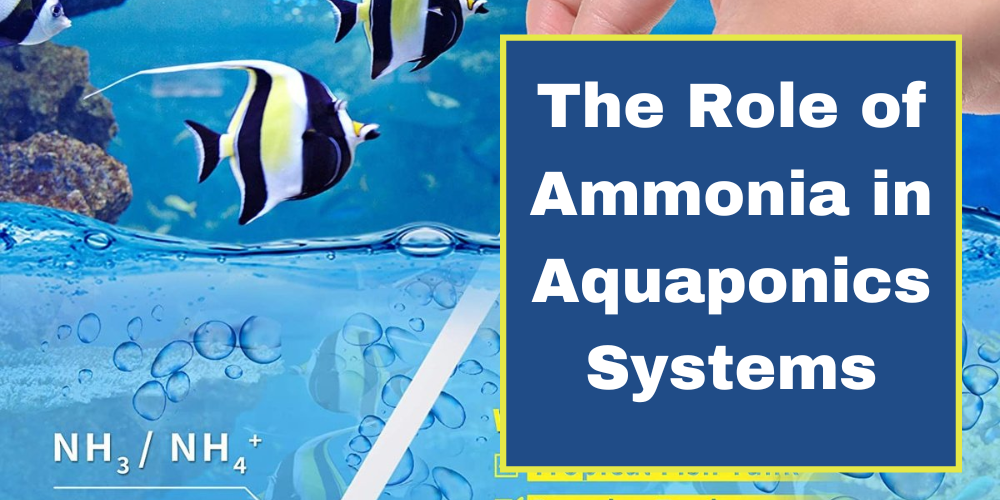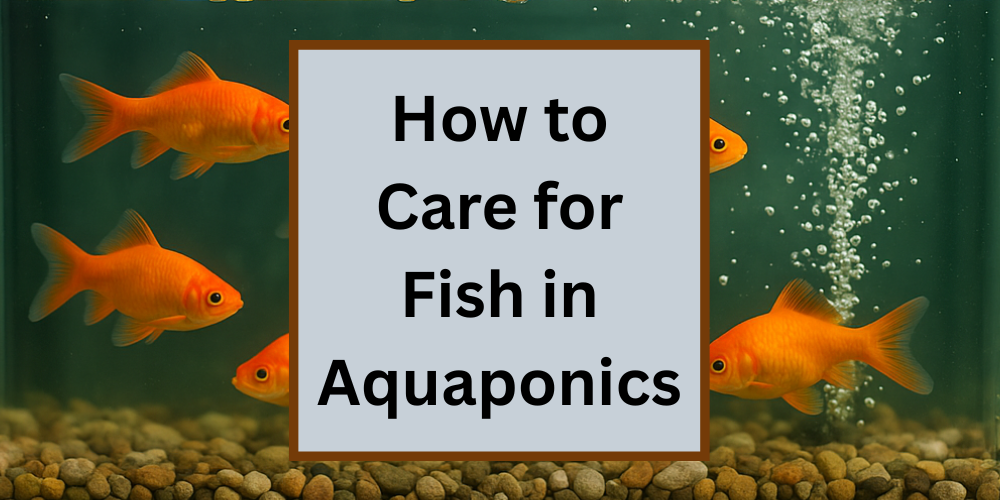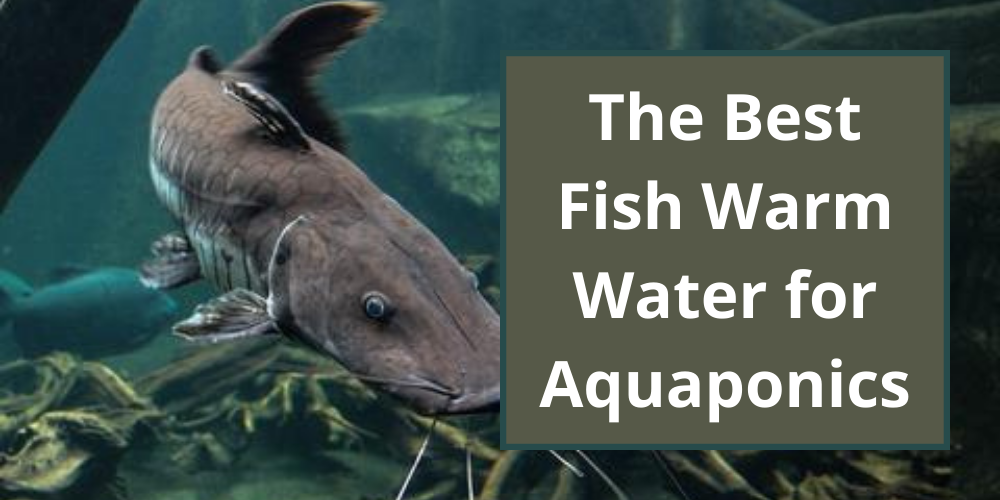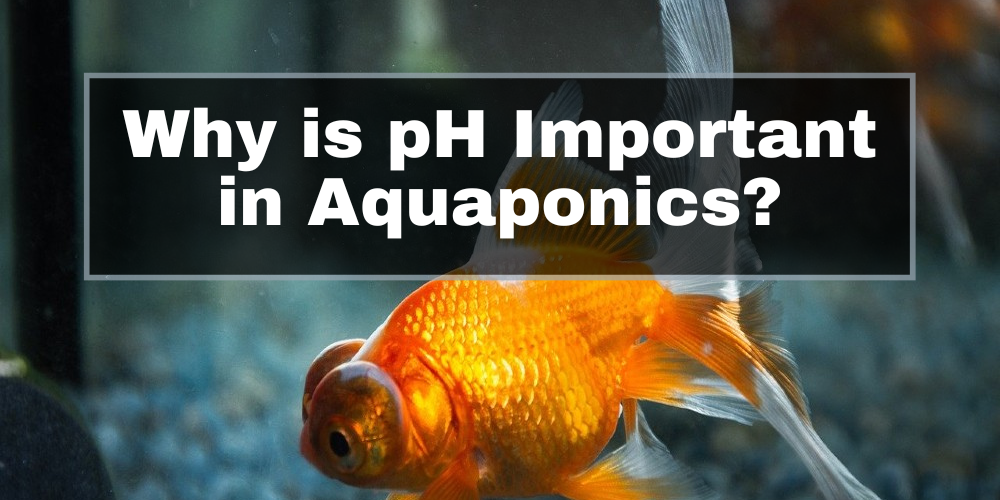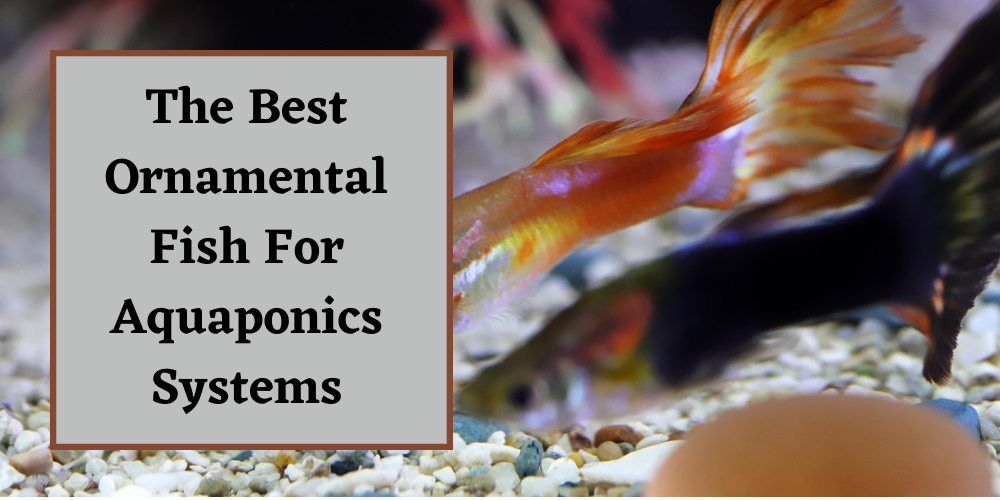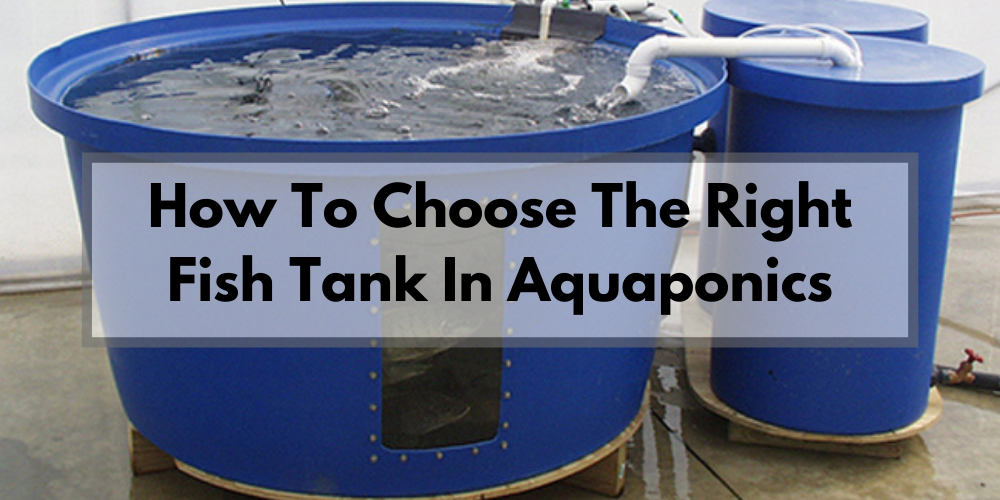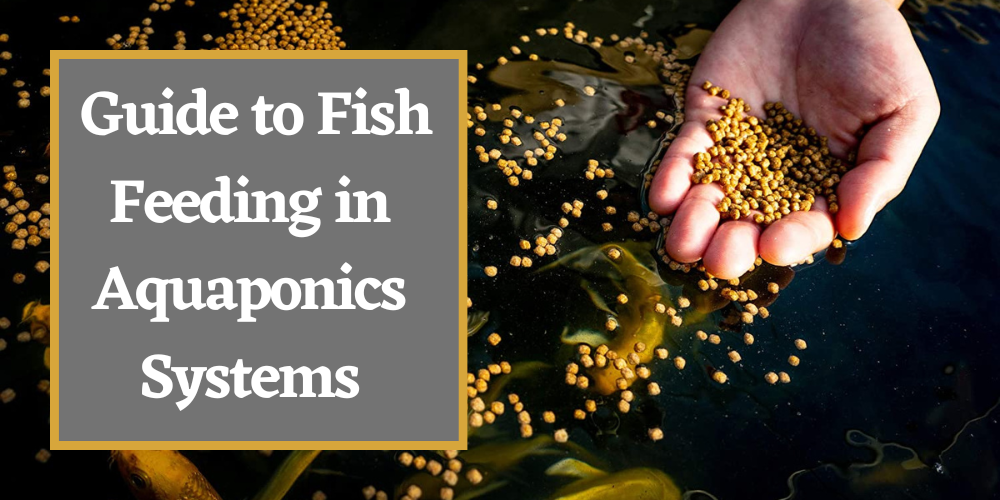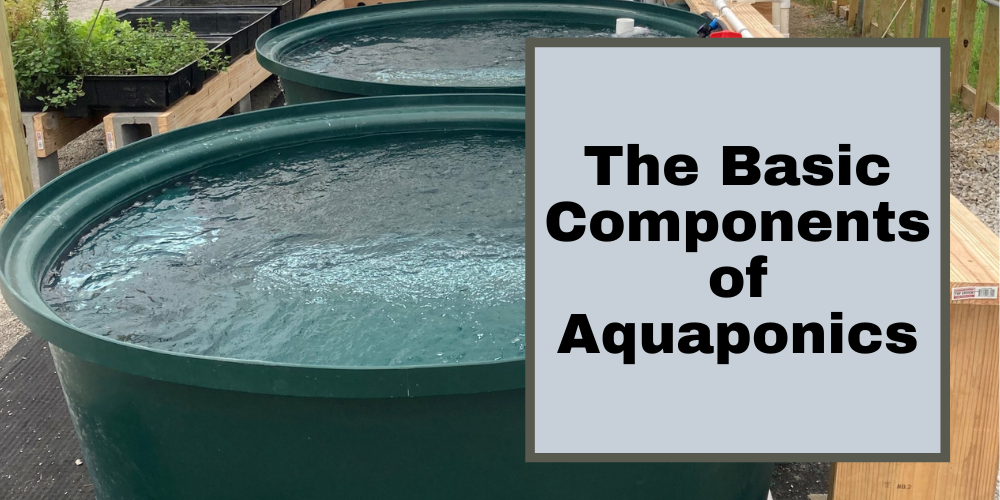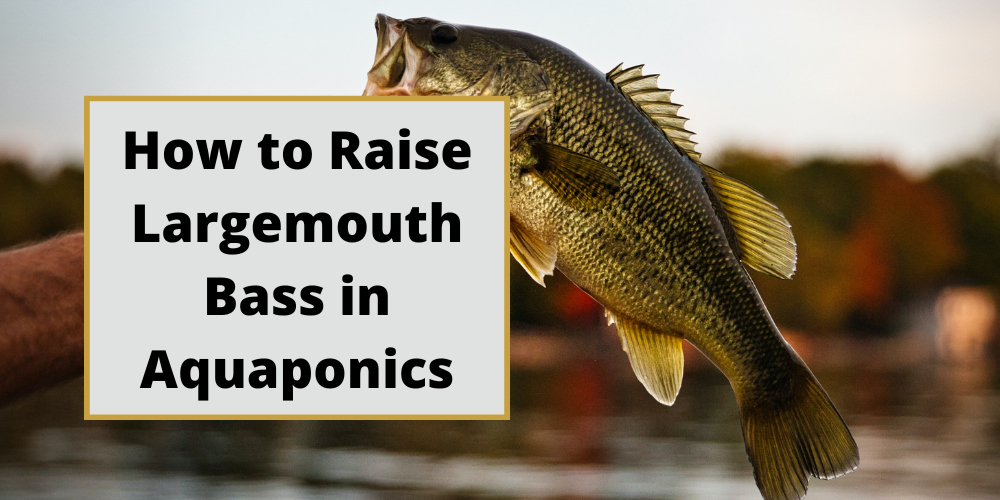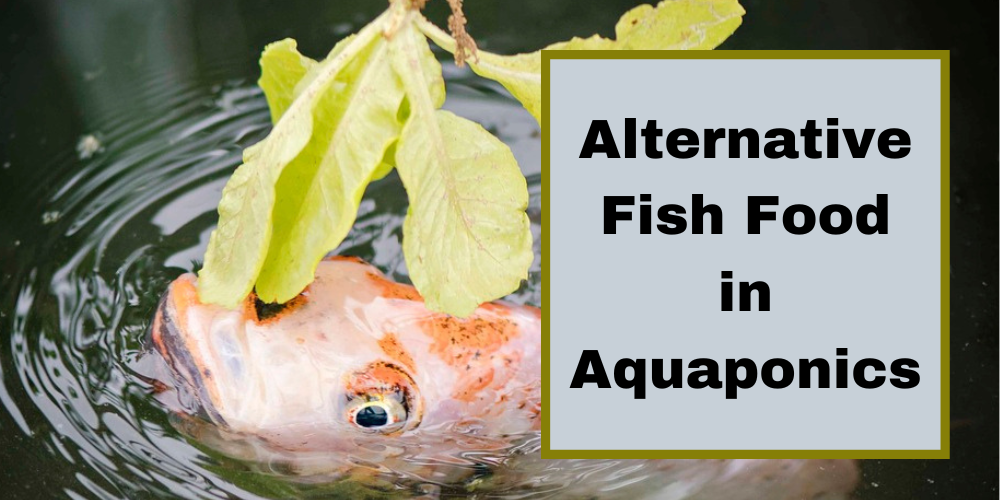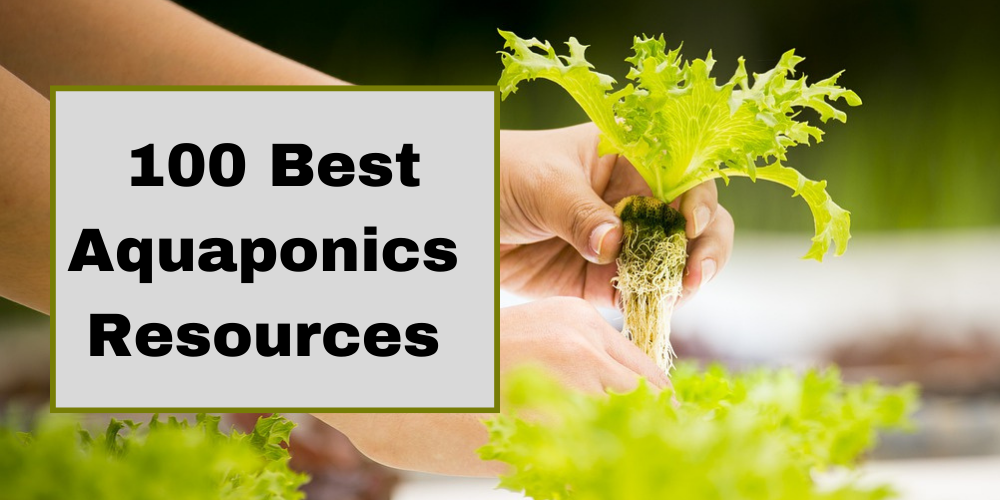Go Green Aquaponics Blog
Discover essential tips for successfully transitioning fingerlings into your aquaponic system. Learn about water quality management, acclimation techniques, feeding practices, disease prevention, and troubleshooting common issues to optimize the health and productivity of your fish and plants.
- December 22, 2025
Learn about the role of ammonia in aquaponics systems, how to manage ammonia levels effectively, and discover the best ammonia test kits for maintaining a healthy and productive environment for your fish and plants.
- December 22, 2025
Caring for fish is a vital part of maintaining a healthy aquaponics system. From choosing the right species to monitoring water quality, this guide covers the basics to help your fish thrive and keep your system balanced.
- December 22, 2025
Discover the best fish for warm water aquaponics systems, including tilapia, catfish, carp, bass, and perch. Learn about their benefits, growth rates, and compatibility to optimize your sustainable food production.
- December 22, 2025
pH is the heartbeat of every aquaponics system. Learn how to balance it for healthy fish, strong plants, and a thriving ecosystem—without confusion.
- December 22, 2025
Elevate your aquaponics system with ornamental fish! Discover the visual appeal, ecosystem benefits, and joy of raising vibrant fish alongside your plants. Dive into sustainable aquaponics gardening today!
- December 22, 2025
Choosing the right fish tank for aquaponics is key to a thriving system. From IBC totes to fiberglass tanks, the right size, material, and design impact fish health and plant growth. Explore the best options and expert tips to build a successful aquaponics setup!
.
- December 22, 2025
Fish feeding is essential for maintaining a healthy, thriving aquaponics system. Proper feeding supports fish growth, ensures nutrient-rich waste for plants, and keeps the system balanced. This guide covers best practices, feed selection, and sustainable tips to optimize your aquaponic setup.
- December 22, 2025
- December 22, 2025
Unlock the secrets of aquaponics and revolutionize your approach to food production. Explore its components, benefits, and sustainability in this comprehensive guide.
- December 22, 2025
Explore the world of largemouth bass aquaponics—a sustainable and efficient farming method. Learn the advantages and challenges of raising largemouth bass in aquaponics systems. Dive into our guide for insights into setting up, maintaining, and harvesting from a largemouth bass aquaponics system."
- December 22, 2025
Explore sustainable aquaponics by using alternative fish food. Discover the cost-effective and environmentally friendly options for enhancing fish health and reducing reliance on commercial fish food.
- December 22, 2025
Getting started with aquaponics can be overwhelming, with so many books, blogs, videos, and approaches to building your system. It’s important to develop your own understanding of what aquaponics is and understand its basic principles so you’ll know how to start and maintain your aquaponics system.
- December 22, 2025




